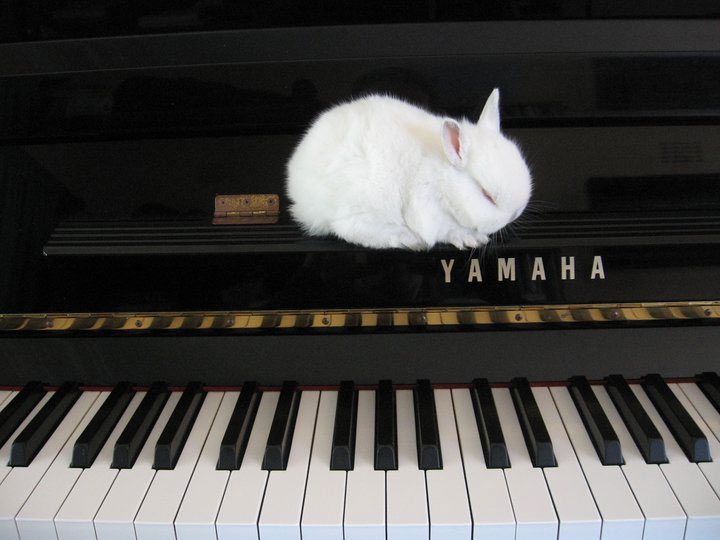If I hadn’t become a Music Teacher or Legal Secretary, I think I would have pursued one of the umbrellas of Geology (my brother is a geologist). Volcanology for one really fascinates me. Archaeology does too, so I was thinking towards the end of last term that it would be really nice to have a ‘theme’ going on with my students, to get them unified as a studio yet doing their individual work. Something that could cover a broad range of things, and involve all my piano and violin students of all ages.
I came up with the concept of an Archaeological Dig Site.
This was taken from About.com:-
“Archaeology digs are conducted by universities, museums, cultural resource firms, and historical societies year-round all over the planet. Some digs take volunteers, some are limited to professionals or student archaeologists, and some are combinations. Some archaeology digs are long term, lasting for months, some are as short as a few days or weeks”.
Relating that to my studio, it just about covers all of us.
I also found this quote from Wikipedia:-
“Further advancements in archaeological field methodology arose in the late 19th century. One of the pioneering figures in this was Augustus Pitt Rivers who meticulously excavated on Cranborne Chase in southern England, emphasising that it was not only items of beauty or value that should be recorded, but mundane items as well”.
Relating that to music and the theme, it means my students can concentrate on the little things that might not seem so significant, as well as the bigger picture.
Just as archaeologists have tools they use, we also have music ‘tools (technique, dynamics, tempo etc). To see the tools archaeologists use, there is a fantastic slide show used for school teachers at: Archaeology tools slide show. I’m going to ask my students to watch it for homework as their first assignment and write up a list of the tools required.
We can relate things like scales and exercises to preparing the dig site.
Learning new pieces and games can be establishing the dig site.
Perfecting the artefacts can be getting the pieces to performance standard, or whatever the teacher is aiming for.
Close up and appreciation – getting to actually enjoy the hard work of learning those pieces. This might involve playing for someone else, or playing a reward piece. Getting a reward at the end of your hard work – sugarwise? Edited to add: It is ‘close up’ as in closing a book. Not ‘close’ as in zooming in.
I will put up some of the things I am using in my studio in later posts otherwise this will end up being a VERY looooooong post indeed.

